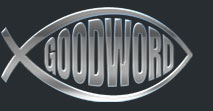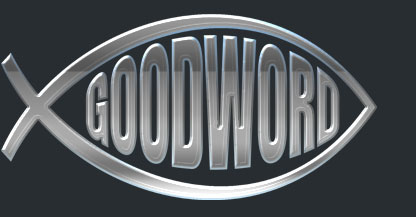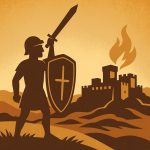| Host: | Brant Berglin |
|---|---|
| Guests: | James Ash |
| Quarter: | Allusions, Images, Symbols |
| Lesson: | 7 |
| Sabbath: | May 17th, 2025 |
Opening Question
How do you think you would respond if you met God face to face?
Introduction
This lesson directs us to the throne, and to the living beings and their activities around it. While not a tremendous amount can be known of the angelic world—indeed some angelology goes far beyond scripture!—several books of the Bible highlight their role and proximity to God. We can learn more about the purposes of God by examining these beings.
Angels in Genesis
Throughout the Old Testament, when God sends a messenger to speak or meet with his people, that being is called “the angel of the Lord.” Although we often picture angels in church tradition as a haloed, shining, robed-in-white figure with wings, the Angel of the Lord more often appears to be in human form.
The first mention of angels in Genesis (the foundation-book for the rest of scripture) occurs immediately after the fall of mankind and their expulsion from the perfect garden. Genesis 3: 24 says, “So He drove the man out; and at the east of the garden of Eden He stationed the cherubim and the flaming sword which turned every direction to guard the way to the tree of life.” The use of the plural (-im ending on cherub) suggests more than one, but only one sword.
What was the role of this first divine-messenger being(s)? Why do you think God enlists the help of angelic hosts?
Ezekiel 1
Read Ezekiel 1. We see some strange beings here. They have multiple face and wings, but somewhat human form overall. The faces represent living things on earth today: an eagle, a bull, a lion, and a man. It isn’t clear if these are symbolic pictures just for the human-prophet Ezekiel (and later John) or if the throne of God is literally surrounded by earthly-based creatures. Did God create such animals on other worlds as well?
These beings follow the Spirit of God and the throne. Wherever God goes, so they go. And their appearance and speed are like lightening. Each wheel of God’s throne is associated with one of these beings, as well. The overall picture is strikingly odd, otherworldly, and powerful.
What lesson can we learn about the harmony between the living creatures and God’s throne (and will or purpose)? How can humans (born separated from God) come to know His will and purpose for our own lives such that we act in harmony with Him?
Isaiah 6
Isaiah’s theophanic vision describes heavenly beings as “seraphim” (shining ones) who have six wings. One of them is crying out to the other, “holy, holy, holy, is the Lord of Hosts, the whole earth is full of His glory.”
What comes to mind when you hear the word “holy”? Is it a positive or negative word in your experience? The Seraphs use this word to describe the special, separateness of God; how does that add to or modify the way you think of holiness?
Revelation 4
The Throne of God is seen again in Revelation 4. Here, John’s theophanic vision takes in not just the one seated there, but those around Him. The similarity to Ezekiel 1 and Isaiah 6 is unmistakable. These four “living ones” have the same characteristics, including the faces as those in Ezekiel. But here, there are additional features: they have eyes all around, and all of them constantly cry out “HOLY, HOLY, HOLY is THE LORD GOD, THE ALMIGHTY, WHO WAS AND WHO IS AND WHO IS TO COME.”
When they proclaim God’s holiness, the 24 elders respond by praising the One on the throne for His creative power, and will-full sustaining of all created things. God truly holds everything together and nothing exists that did not come from His power to make, form, and create out of nothing.
What does holiness mean in this context? How is God different from all other beings in the praises of those closest to the throne?
There is a strange worship irony in Revelation: in both chs. 19 and 22, John falls down to worship his angel companion. Both times John is rebuked and warned not to do so, instead to only “worship God!” Perhaps John is a warning to us that divinely created beings are easily confused with the power of the Creator Himself. We must be careful what or who we worship.
Closing Comments In Revelation 4, God on the throne is worshipped for His Creative power, while in the next chapter, the Lamb is worshipped for His redemptive sacrifice. It is not just accidental or ironic that these are the two main reasons for worshipping today, and both are found in the 4th of the 10 Commandments. In Exodus 20, we’re told to remember, and thus rest from labor on, the Sabbath day because God created the world in six days and rested on the 7th, whereas in Deuteronomy 5, God’s people are asked to remember that they were slaves in Egypt and God redeemed them; thus we rest and give rest to those around us because God redeemed us!




